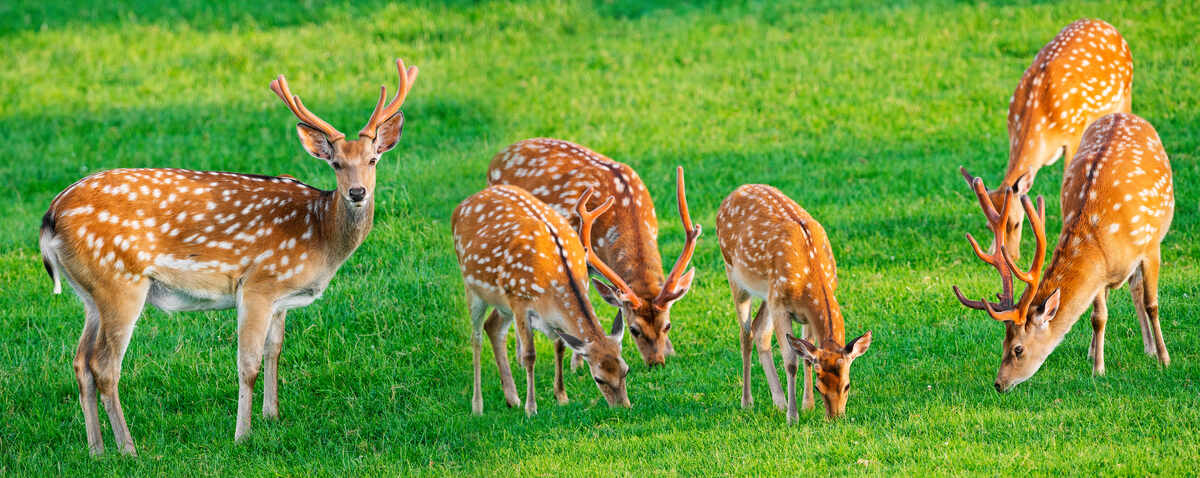
Got deer? If so, then you’ve no doubt dealt with the disappointment of them feasting on your fabulous foliage. As we continue to build homes in their habitats, deer have to look for other sources of food. Often, they choose the readily available plants in our yards and gardens.
While you can’t make your landscaping completely deer-proof, you can choose plants that deer don’t like. We’ve put together several suggestions for deer resistant landscaping for your Denver yard. We’ve also included some of the plants that deer find irresistible.
Deer Resistant Plants
There’s no such thing as a deer-proof garden. “Deer, if they’re hungry enough, they are going to eat anything,” says Dr. James Klett, Colorado State University Professor of Horticulture and Landscape Architecture. “If there is a completely deer-resistant plant out there, I don’t know what it is.”

That said, all is not lost when it comes to keeping deer from dining in your garden. There are certain types of vegetation that deer don’t find quite as tasty. Dr. Klett says,
“A lot of times, they don’t like thorny plants or plants that are grayish or silver. They also don’t tend to like hairy plants.” Let’s break it down into several categories of deer-deterrent plants.
Perennials
Lamb’s Ear
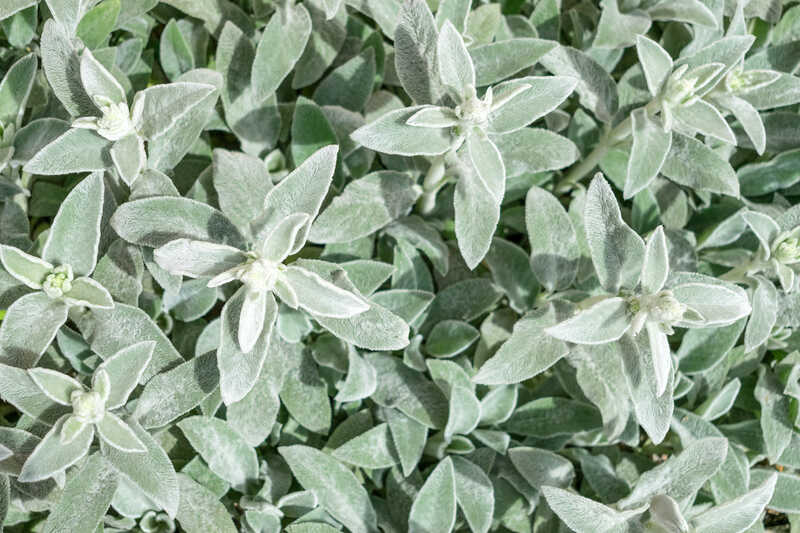
This velvety, silvery perennial makes a good ground cover. Deer tend to stay away from it because of its color, flavor, and furry coating.
Lavender
Deer dislike lavender for the same reason a lot of humans love it: the smell. Lavender will look lovely in your garden while helping keep deer away.
Penstemon
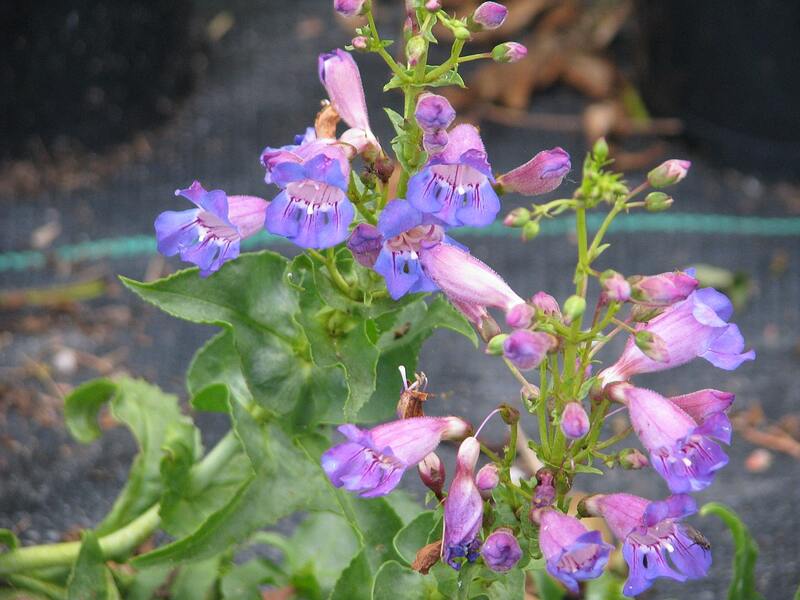
This drought-tolerant plant thrives in Front Range gardens. The colorful, long-lasting blooms attract hummingbirds but deter deer.
Purple Coneflower
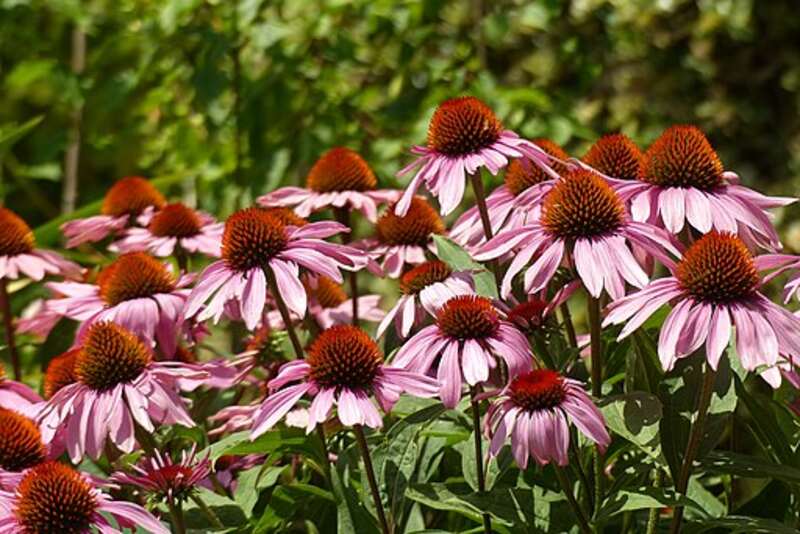
This pretty perennial flower puts off deer because of its rough foliage. It’s drought-tolerant and blooms for weeks in the summer.
Russian Sage
This plant flowers in late summer with feathery, purple blooms over silver foliage. Deer don’t like the scent and tend to stay away.
Salvia
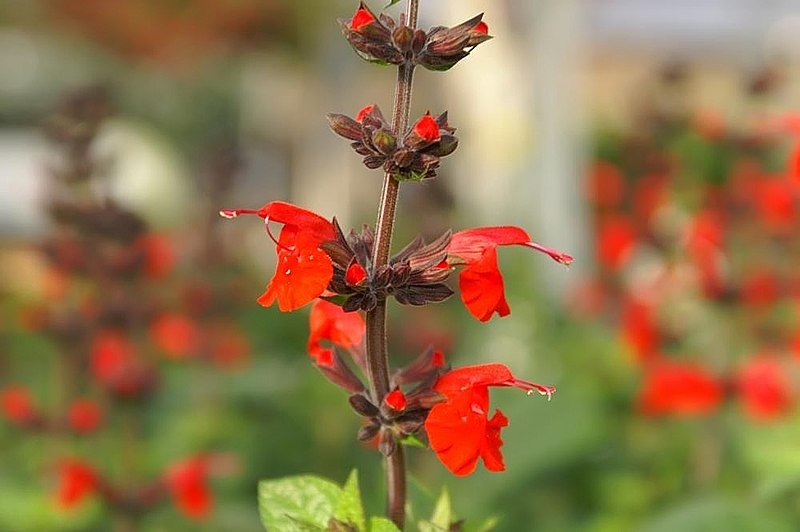
Salvias will add color and texture to your garden from late spring to early fall. They don’t need a lot of water and can tolerate hot, dry conditions. Their scent will attract bees, butterflies, and hummingbirds but will deter deer.
Bulbs
Allium
These flowers bloom later than most other bulbs, in late spring to mid-summer. They look pretty, but as a member of the onion family, they actually stink. Their strong smell and flavor keep deer away.
Daffodils

Deer don’t like daffodils for a simple reason: they’re toxic. Squirrels will also stay away from these hardy and beautiful bulbs.
Hyacinths
Hyacinth bulbs are also poisonous to deer. After the bulbs bloom, deer will steer clear of the flowers and foliage.
Trees/Shrubs
Colorado Blue Spruce
These stately evergreen trees double down on deer defense with their strong scent and prickly needles.
Common Juniper
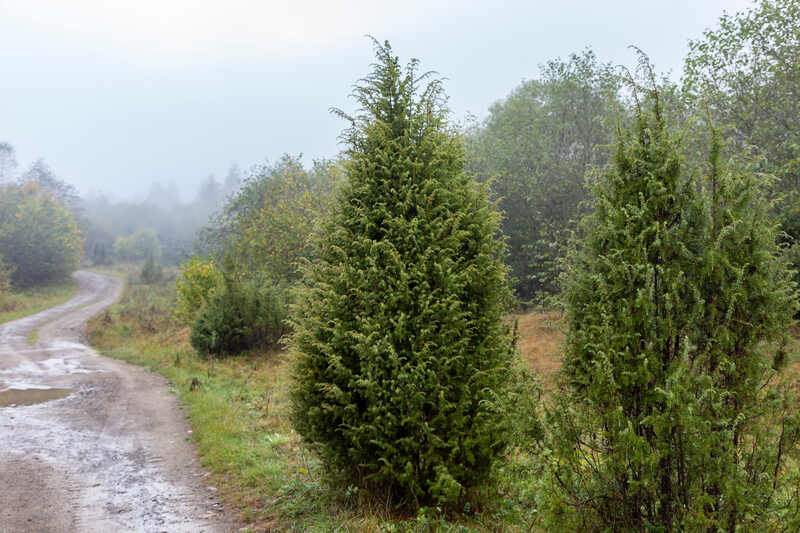
Deer stay away from this shrub or tree because of its prickly texture and the strongly scented oils in its needles (noticing a theme here?).
Lilac
Deer avoid lilac trees because of their strong aroma. Common white, common purple, and Persian lilacs do especially well in Denver’s climate.
Pinyon Pine
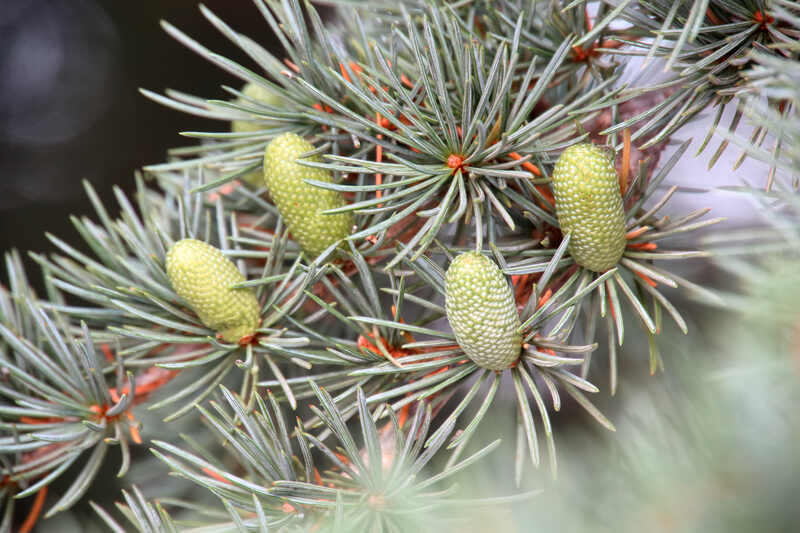
This is another tree with stiff, prickly needles that deer tend to avoid.
Sumac
Dr. Klett says some native sumacs can repel deer. Fragrant sumac is especially effective. Fragrant sumac is low growing but spreads wide, so it makes an excellent ground cover.
Deer-Attracting Plants
On the flip side, there are plenty of plants that deer find absolutely delectable. Dr. Klett says deer love tulips in the spring. He says they also love trees in the prunus genus, including plum and cherry trees. And finally, he warns arborvitae trees are one of their all-time favorite snacks. “I’ve had some in the arboretum, and they’ve just come in and munched on them as high as they can.”
Oh, Deer Droppings
Deer damage isn’t limited to them grazing on your plants. Their droppings leave a mess on your lawn. Yes, it’s high in nitrogen and can make good fertilizer. The problem is, they don’t spread their droppings evenly throughout the lawn. Heavy concentrations can burn your grass.
Those droppings often contain E. coli, which will contaminate the fruit and vegetables in your garden. The U.S. Department of Agriculture recommends against using them in compost since the compost rarely gets hot enough to kill all the bacteria.
Tree Damage
Bambi also does a lot of damage, rubbing their antlers against trees. You can protect your trees with wrapping in the winter and fencing. But these critters can jump pretty high, so the fencing needs to be at least 6 to 8 feet tall. A less-expensive option is to place wire or plastic mesh around tree trunks. This can be especially effective in late winter through spring. It’ll protect tender bark from antler damage.
Whether you consider them majestic creatures or four-legged rodents, it’s a fact that deer can do a lot of damage to your landscape. While you can’t completely prevent it, you can cut the damage by choosing the plants they find distasteful.
Talk to a Denver landscaping expert if you need help selecting plants or trees for your landscape.
Main Photo Credit: Vera Kuttelvaserova / Adobe Stock Free / License